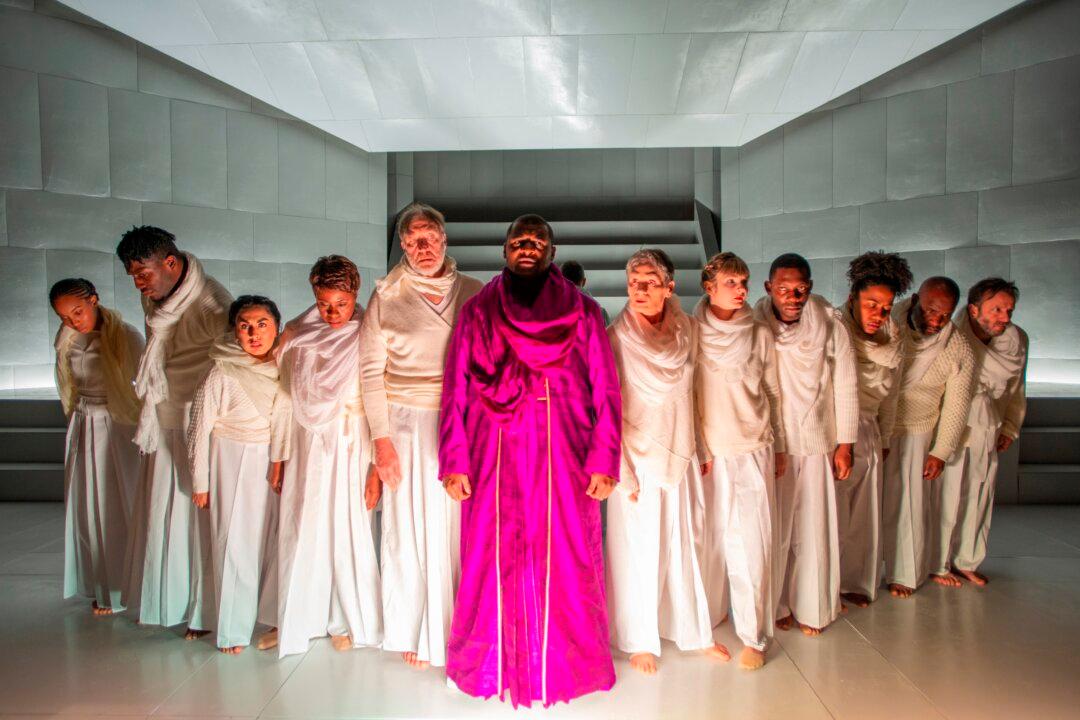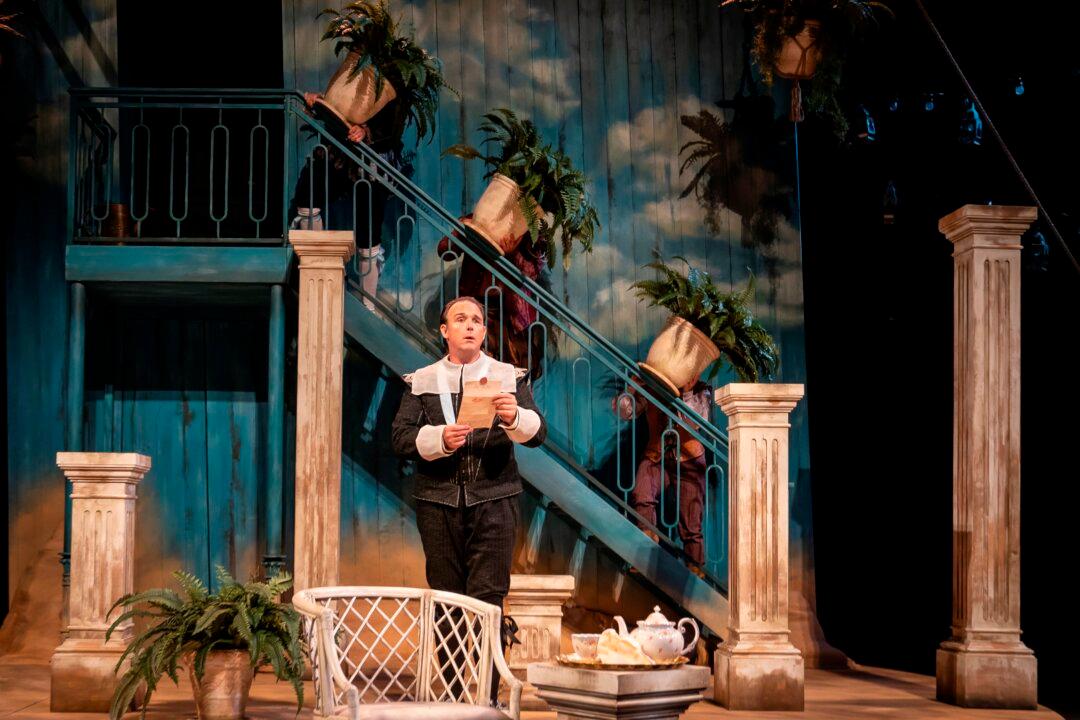For artist Robert Florczak, the ideals of classical art are what is worth preserving. Unless we build on the standards and ideals of past masters, new work will necessarily be shallow, unable to contribute in any depth to our culture.
It is the foundational ideals—ideals like beauty and depth—responsible for the great works that we most need, he wrote in a recent email exchange.





